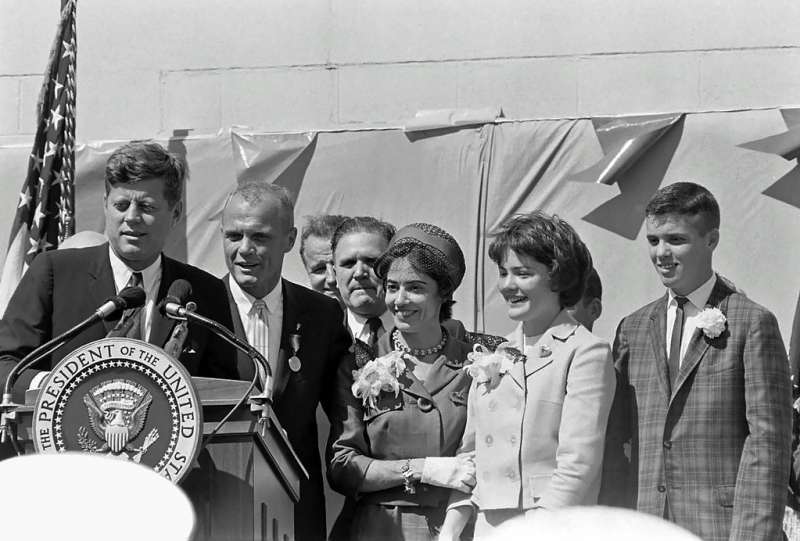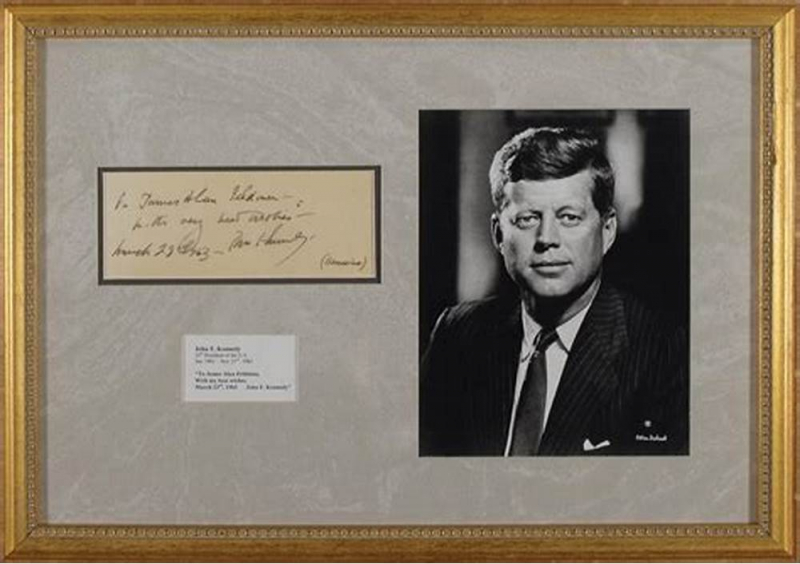He took the U.S economy out of recession through his reforms
When Kennedy began office, the United States was in the midst of a recession. Under his own executive anti recessionary acceleration program, he implemented a variety of steps to strengthen the economy. The most important tax reforms since the New Deal were implemented, including the creation of a new investment tax credit. From early 1961 to late 1963, when Kennedy was slain, GDP increased by an average of 5.5 percent per year, compared to only 2.2 percent per year during his predecessor Eisenhower's administration. In addition, inflation stayed stable at roughly 1%, industrial production increased by 15%, and unemployment declined. This rate of growth lasted until 1969, and it has never been matched for such a long time.
Kennedy increased the national debt by $23 billion between 1961 and 1963. It was an increase of 8% from the $289 billion debt level at the end of Eisenhower's last budget. His deficit spending put an end to the slump and ushered in a period of growth that lasted until 1970. When compared to other presidents, it didn't contribute much to the US debt. JFK campaigned for tax reduction in addition to budget cuts. In a speech to the Economic Club of New York in December 1962, he advocated for more educational investment. He would also lower taxes and expand research and development. He intended to reduce the income tax rate from 91 percent to 65 percent at the time.











